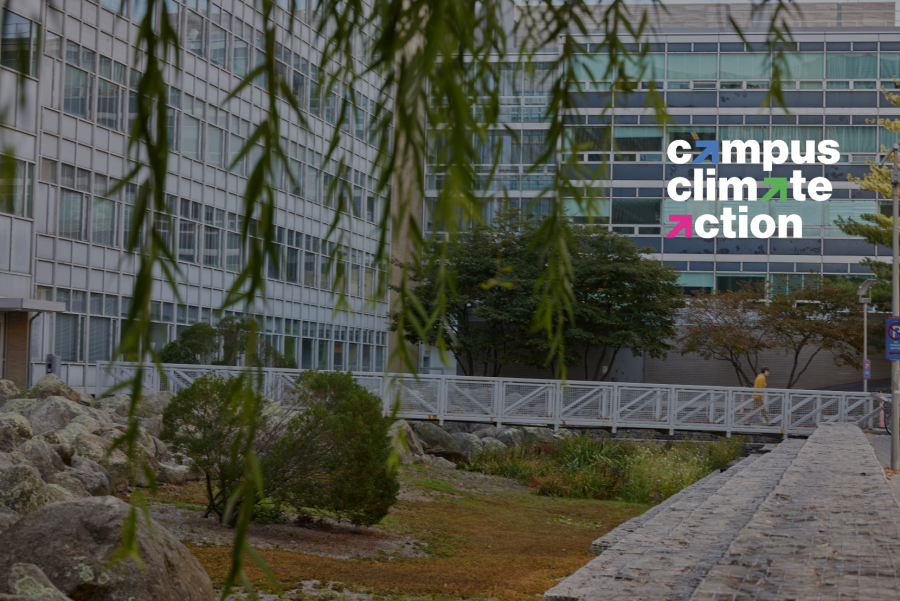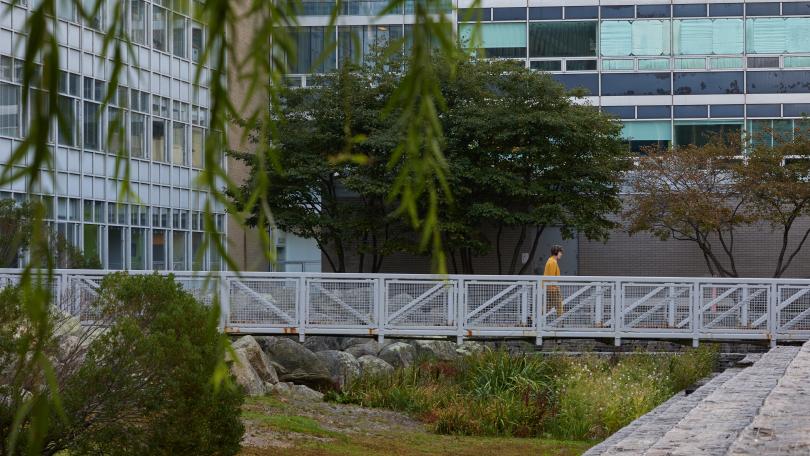
Water is an indispensable resource, not only for MIT, but also for the global community. MIT’s engineers are working to minimize the water used in energy generation at MIT’s Central Utilities Plant (CUP), discover methods of reuse to meet needs for both potable and nonpotable water, and investigate methods for ensuring an adequate supply of quality water at a time of growing human need and climate change.
By 2030, MIT seeks to achieve a 10 percent reduction in water use compared to the 2019 baseline using these key strategies:
- Align energy and water conservation efforts with campus decarbonization plans and climate resiliency planning
- Work with Campus Planning and Grounds Services to develop Landscape Guidelines to identify best practices and minimize water use for irrigation
- Determine the feasibility of beneficial water reuse for process operations at Central Utilities Plant as well as for the highest water consumers outside of the plant
Other resources and partners:
- MIT Water, Food, and Agriculture Innovation Prize
- The Office of Campus Planning serves as stewards of the evolving physical campus and provides services that guide and inform campus strategy and transformation.
- MIT Grounds Services maintains the Institute’s outdoor areas and provides a clean, comfortable, and functional environment for the community.
- In the MIT Department of Urban Studies and Planning, students learn to apply advanced analysis and design to understand and solve pressing urban and environmental problems.
- Abdul Latif Jameel Water and Food Systems Lab (J-WAFS) emphasizes the deployment of effective technologies, programs, and policies that will have a measurable and international impact on humankind.



